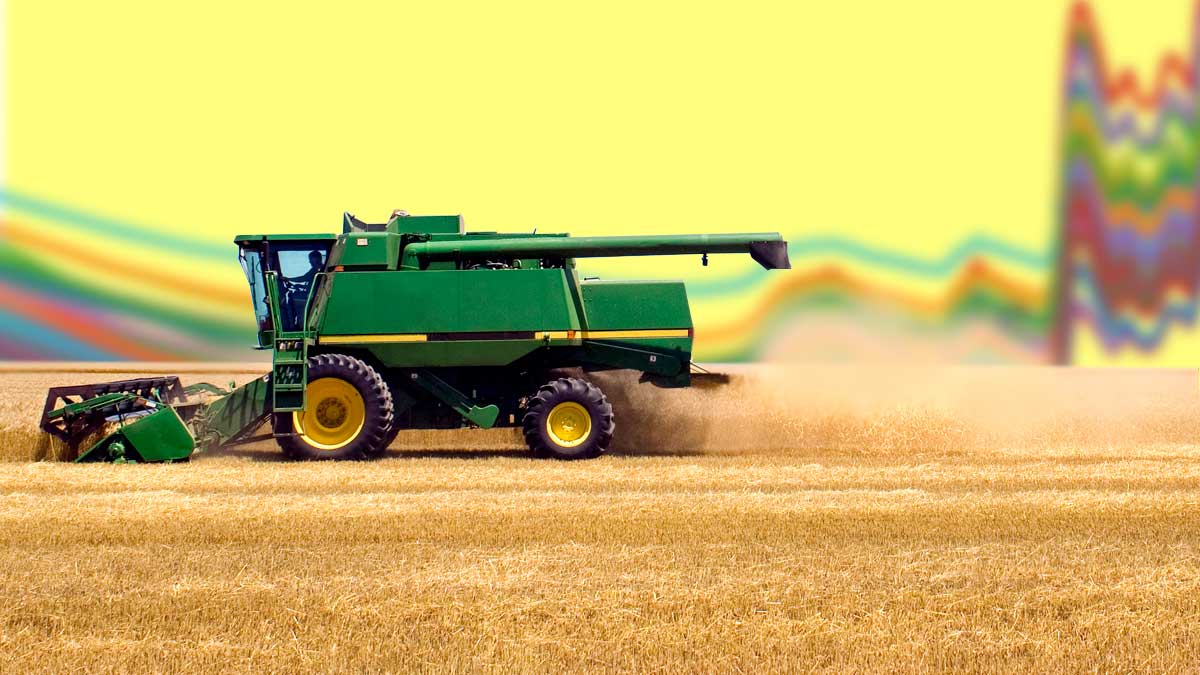Case Study: The Ease and Importance of Transferring Your NIR Platform Data
The effort of creating new near-infrared (NIR) calibration databases often prevents users from upgrading old spectrometers, platforms, or changing from poor-performing vendors. Historical databases collected over years contain crop and production variation that is impossible to emulate in the short term.
This variation is essential in creating robust, stable calibrations that are sensitive to the changing parameters of interest, but insensitive to non-interesting variation. To solve this problem, PerkinElmer has created a calibration database transfer tool.
“Many NIR databases have hundreds of samples in them—some might even have 10-year-old data that still adds value. “The calibration process can be very arduous,” says Wes Shadow, PerkinElmer’s Global Market & Portfolio Manager for Grain.
“Fortunately, PerkinElmer has developed tools to use this historical data while allowing customers to benefit from the newest technology and software such as that found in our Fourier Transform based FT 9700 NIR instrument.”
From the Case Study
Multiple third-party case studies show calibration transfer across platforms is possible and straightforward, provided that the old platform overlaps with the wavelength range of the FT 9700. The transfers worked, regardless of whether the original data was collected on scanning monochromator instruments or other FT-NIR models.
- The prediction accuracy after transfer was nearly identical to performance on the older platforms.
- The final accuracy is necessarily limited by the original spectra quality and associated reference chemistry, so the better the original data, the better the prediction.
To further optimize accuracy and descriptive power, the calibration tool adds data collected on the FT 9700 to the transferred databases. This introduces better-quality spectra and allows for the use of advanced chemometrics like artificial neural networks (ANNs) or PerkinElmer’s proprietary Honigs Regression. The FT 9700 also offers an improved, modern user interface, streamlined sample handling, networking capability, and an integrated computer.
Read the calibration performance results from the case study: Use Your Existing NIR Spectral Database on a New Platform.

